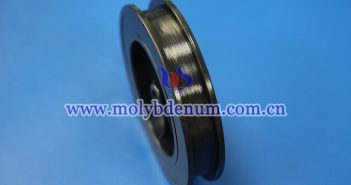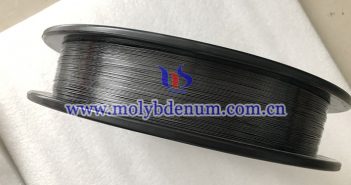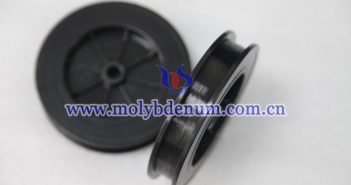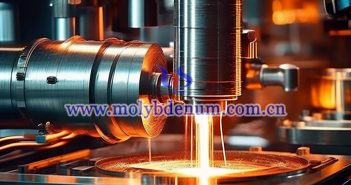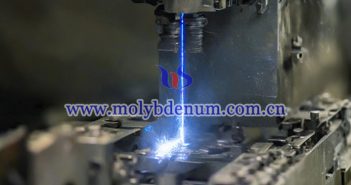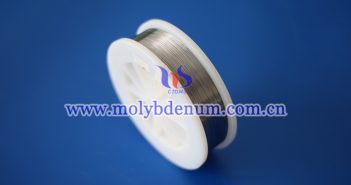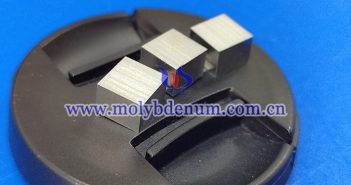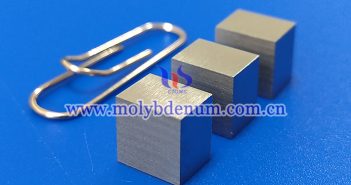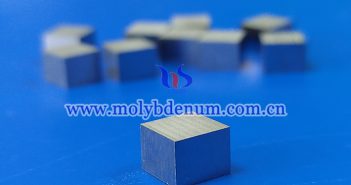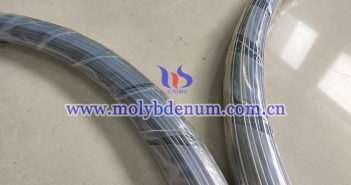
Thick molybdenum wire typically refers to wires with a larger diameter or cross-sectional size. The thickness can vary depending on the specific application requirements. It is available in a range of diameters, from relatively thin 0.35mm to relatively thick 4.0mm, and the choice of thickness depends on the intended use and the properties needed for that application. The moly wire has characteristics such as high melting point, excellent strength and rigidity, good electrical conductivity, high temperature resistance and corrosion resistance.…

